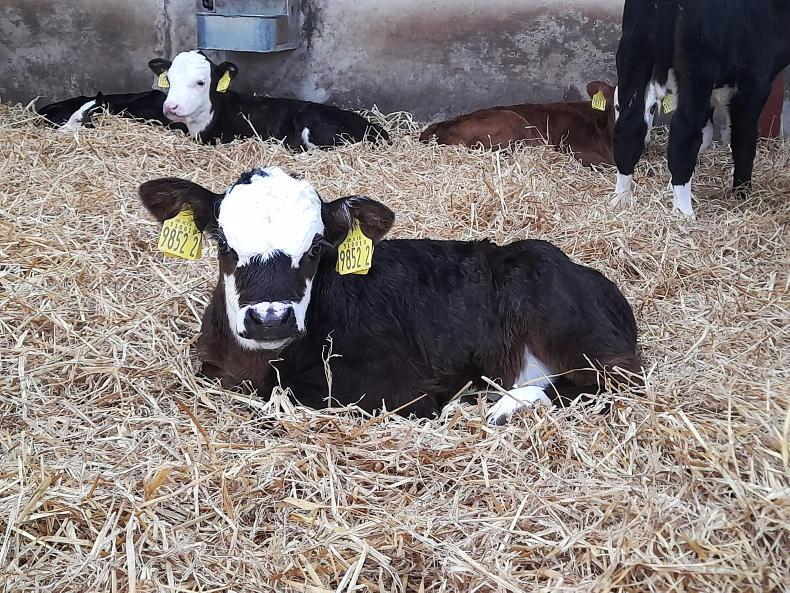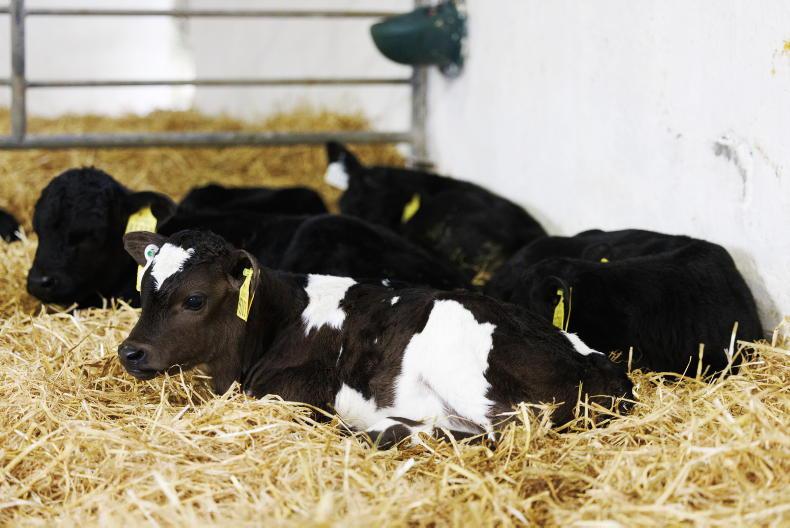Grassland management without a doubt has been the focus point for the week gone by. With 50ha of the farm either baled into surplus silage or currently waiting (35ha cut last Monday, 15ha more today) to baled, it has been a busy week on Fairfax Bridge Farm trying to keep on top of unseasonal grass growth.
As a result of the mild, showery conditions, growth remains in around the 80kg/ha/day mark, with moisture normally a limiting factor at this time of the year in Canterbury. Compared to the excessive rain in the North Island, we are going well.
The cows, while milking well, have struggled to graze off some of the remaining heavier covers. In response to this, we took the decision to pre-mow ahead of the cows to improve utilisation and leave a satisfactory residual. As there were a number of covers to be grazed around the 1,700kg DM/ha mark, these were pre-mowed and allocated in 12-hour breaks.
Management approach
The view taken by management on this approach is they would rather pre-mow and achieve good grass utilisation than having to top the paddock afterwards. By dropping the AFC to 600kg DM/ha, we're hoping that the herds will be able to resume their normal grazing routine in next few days by improving the quality of grass ahead of them.
Process
Last Monday morning during milking, the cows were independently condition-scored by a local technician, to allow decision be made to optimise cow condition coming into breeding. Having scored the herd in early September, condition of the herd as a whole has improved, with 35% of cows now below BCS target of 4.5 (New Zealand BCS scale 0 to 10), compared to 39% one month ago. In response to these results, we drafted some lighter cows out of the main herd and added them to our "light condition herd". They will now be milked once a day. With three weeks to go to breeding, overall we are satisfied with the condition of the herd.

Having removed a lot of silage from the platform, and along with reseeding 8ha, the milking parlour effluent was spread over these paddocks through the pivot irrigator. Prior to turning on the irrigator, we set up a number of buckets along the fence line between paddocks to be sprayed, to allow us collect a sample of the effluent discharged.

This effluent sample will be tested in a local lab to allow us establish what level of nutrients have been applied, and eliminate the need for incurring extra costs on unnecessary applications of fertiliser.
There are now 680 cows being milked into the vat, with production reaching 2.29kg/MS/day/cow. There are 30 cows in a separate once-a-day herd which is made up of colostrum cows, poor-condition cows and lame cows with their milk currently used to feed the calves. All calves are now outdoors, with the two oldest groups of 50 calves each grazing fresh paddocks daily ahead of the milking herds.
Snapchat
Having had the pleasure of curating the Irish Farmers Journal Snapchat account earlier this week. I was delighted with the level of interest shown and various questions posed in relation to farming out here. Although social media is making the world a much more open and transparent place, I still couldn't recommend highly enough people travelling and experiencing farming first hand in various parts of the world.
While New Zealand is not the only country with a progressive dairy sector, it most definitely has a lot to offer any young aspiring Irish dairy farmer.
Read more from Michael's time in New Zealand here.
Grassland management without a doubt has been the focus point for the week gone by. With 50ha of the farm either baled into surplus silage or currently waiting (35ha cut last Monday, 15ha more today) to baled, it has been a busy week on Fairfax Bridge Farm trying to keep on top of unseasonal grass growth.
As a result of the mild, showery conditions, growth remains in around the 80kg/ha/day mark, with moisture normally a limiting factor at this time of the year in Canterbury. Compared to the excessive rain in the North Island, we are going well.
The cows, while milking well, have struggled to graze off some of the remaining heavier covers. In response to this, we took the decision to pre-mow ahead of the cows to improve utilisation and leave a satisfactory residual. As there were a number of covers to be grazed around the 1,700kg DM/ha mark, these were pre-mowed and allocated in 12-hour breaks.
Management approach
The view taken by management on this approach is they would rather pre-mow and achieve good grass utilisation than having to top the paddock afterwards. By dropping the AFC to 600kg DM/ha, we're hoping that the herds will be able to resume their normal grazing routine in next few days by improving the quality of grass ahead of them.
Process
Last Monday morning during milking, the cows were independently condition-scored by a local technician, to allow decision be made to optimise cow condition coming into breeding. Having scored the herd in early September, condition of the herd as a whole has improved, with 35% of cows now below BCS target of 4.5 (New Zealand BCS scale 0 to 10), compared to 39% one month ago. In response to these results, we drafted some lighter cows out of the main herd and added them to our "light condition herd". They will now be milked once a day. With three weeks to go to breeding, overall we are satisfied with the condition of the herd.

Having removed a lot of silage from the platform, and along with reseeding 8ha, the milking parlour effluent was spread over these paddocks through the pivot irrigator. Prior to turning on the irrigator, we set up a number of buckets along the fence line between paddocks to be sprayed, to allow us collect a sample of the effluent discharged.

This effluent sample will be tested in a local lab to allow us establish what level of nutrients have been applied, and eliminate the need for incurring extra costs on unnecessary applications of fertiliser.
There are now 680 cows being milked into the vat, with production reaching 2.29kg/MS/day/cow. There are 30 cows in a separate once-a-day herd which is made up of colostrum cows, poor-condition cows and lame cows with their milk currently used to feed the calves. All calves are now outdoors, with the two oldest groups of 50 calves each grazing fresh paddocks daily ahead of the milking herds.
Snapchat
Having had the pleasure of curating the Irish Farmers Journal Snapchat account earlier this week. I was delighted with the level of interest shown and various questions posed in relation to farming out here. Although social media is making the world a much more open and transparent place, I still couldn't recommend highly enough people travelling and experiencing farming first hand in various parts of the world.
While New Zealand is not the only country with a progressive dairy sector, it most definitely has a lot to offer any young aspiring Irish dairy farmer.
Read more from Michael's time in New Zealand here.















SHARING OPTIONS